Blepharitis is a common eye condition characterized by inflammation of the eyelids, particularly along their edges. It is caused by bacterial infections or skin disorders. Below is a comprehensive explanation of this eye disease.
Types of Blepharitis
Blepharitis is categorized into two main types—anterior blepharitis and posterior blepharitis—each affecting different parts of the eyelids.
1. Anterior Blepharitis
This type occurs on the outer front edge of the eyelids. Common causes include bacterial infections (e.g., Staphylococcus) and seborrheic dermatitis (dandruff of the scalp or eyebrows).
2. Posterior Blepharitis
Posterior blepharitis affects the inner eyelid and is linked to dysfunction of the Meibomian glands (oil-producing glands in the eyelids). Skin conditions like rosacea and scalp dandruff can contribute to this type.
Symptoms of Blepharitis
Patients with blepharitis often experience:
- Burning or itching sensations
- Excessive tearing
- Gritty or foreign body sensation in the eyes
- Dryness and flaky skin around the eyelashes or eyelid edges
- Redness and swelling of the eyelids
If these symptoms occur, prompt consultation with an ophthalmologist is essential. Untreated blepharitis can lead to complications such as:
- Thickened eyelid edges
- Dilated blood vessels (telangiectasia)
- Trichiasis (inward growth of eyelashes)
- Eyelash loss
- Ectropion (outward turning of the eyelid) or entropion (inward turning)
- Damage to the conjunctiva or cornea
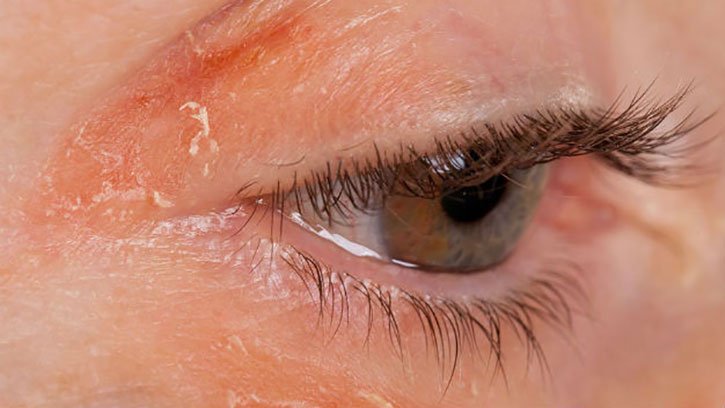
Treatment of Blepharitis
Blepharitis is often chronic and recurrent, making treatment challenging and prolonged. Management depends on the type and severity but typically includes:
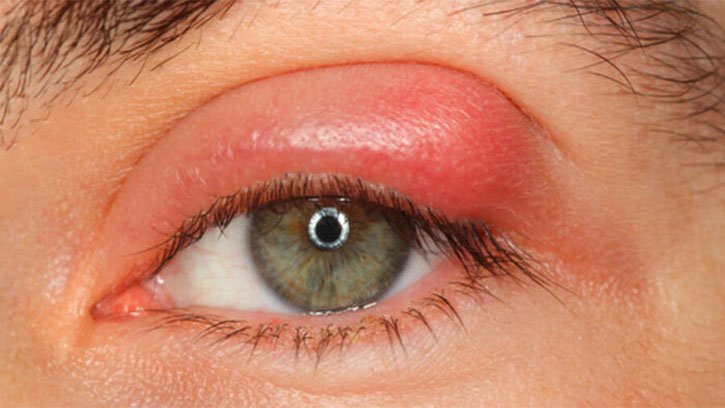
1. Warm Compresses
Apply a warm, damp cloth to the eyelids to soften crusts and unclog blocked Meibomian glands.
Method: Wash hands thoroughly, then place the compress on closed eyes for 5 minutes. Initially, this may be done 4 times daily, reducing to once daily after improvement.
2. Eyelid Hygiene
Gently scrub eyelid edges with diluted baby shampoo or a prescribed eyelid cleanser.
Method: Use a clean fingertip, cotton swab, or gauze to massage the base of the eyelashes. Rinse with lukewarm water afterward.

3. Medications
Antibiotics: Topical ointments (e.g., erythromycin) or oral antibiotics (e.g., doxycycline) may be prescribed for severe cases.
Corticosteroids: Short-term use of steroid eye drops or ointments may reduce inflammation. Long-term use is avoided due to side effects.
Artificial Tears: Lubricating eye drops or ointments alleviate dryness and reduce friction.
4. Eyelid Massage
For posterior blepharitis, gentle massage of the eyelids (as instructed by an ophthalmologist) helps express blocked gland secretions.
Important Considerations
Chronic Nature: Blepharitis tends to recur, requiring long-term management.
Contact Lenses: Patients may need to discontinue lens use during treatment. Some may switch to high-permeability lenses or increase replacement frequency.
Avoid Cosmetics: Eye makeup can worsen symptoms or interfere with treatment.
Anti-Dandruff Shampoos: For patients with scalp or eyebrow dandruff, medicated shampoos may be recommended.
Learn more about other eye diseases and their treatments by exploring our related articles.
For personalized advice, consult an ophthalmologist to address your specific condition and prevent complications.

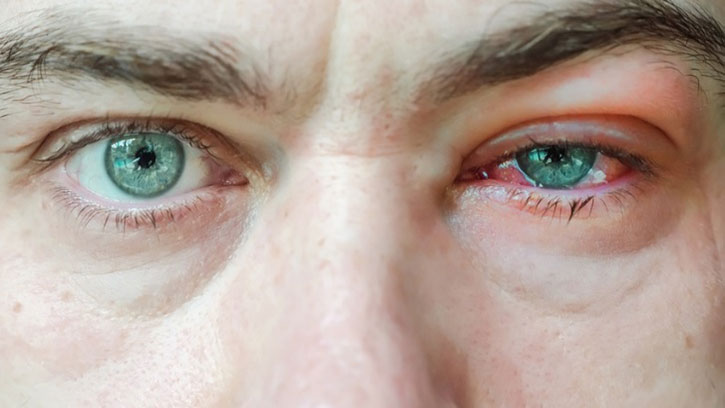
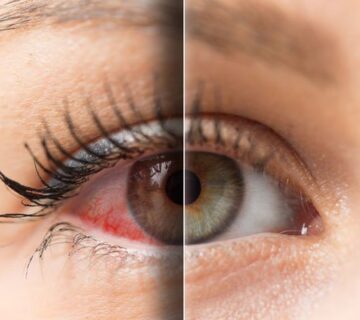
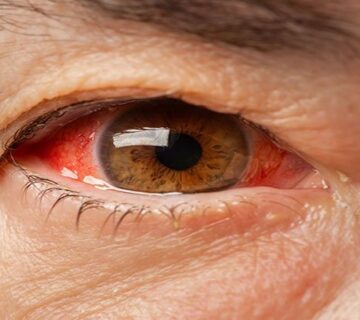
No comment